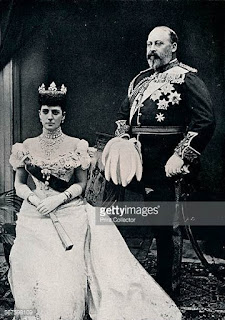1st January 1900 - 31st July 1986
Also called Sempo Sugihara
(All information is from Wikipedia)
Chiune Sugihara was born in the Mugi district of Kozuchi Town, today known as Mino City in Gifu Prefective to a middle class father and upper-middle class mother. He was the second son among five boys and one girl. The father worked in a tax office and the family moved several times when Chiune was a young boy. His father wanted Chiune to become a physician, but Chiune deliberately failed the entrance exam. Instead, he entered Waseda University in 1918 and majored in English language. In 1919, he passed the Foreign Ministry Scholarship exam, and from 1920 to 1922, Chiune served in the Imperial Army. The Japanese Foreign Ministry recruited him and assigned him to Harbin, China. Chiune studied the Russian and German languages and became an expert on Russian affairs. In 1935, Chiune quit his post as Deputy Foreign Minister in Manchuria in protest over Japanese mistreatment of the local Chinese. Already, his fellow feeling for others was starting to show. Chiune married twice and had four sons, only one surviving to carry on the family name.
In 1939, Chiune became a vice-consul of the Japanese Consulate in Kaunas, Lithuania, and this is possibly where his story begins.
Chiune's duties included reporting on Soviet and German troop movements, and to find out if Germany planned an attack on the Soviets and, if so, to report the details of this attack to his superiors in Berlin and Tokyo.
Chiune had cooperated with Polish Intelligence as part of a bigger Japanese-Polish cooperative plan. As the Soviet Union occupied sovereign Lithuania in 1940, many Jewish refugees from Poland (Polish Jews) as well as Lithuanian Jews tried to acquire exit visas. Without the visas, it was dangerous to travel, yet it was impossible to find countries willing to issue them.
From 18th July to 28th August 1940, aware that applicants were in danger if they stayed behind, Chiune decided to grant visas on his own. In violation of his orders, this courageous man ignored the "requirements" and issued ten day visas to Jews for transit through Japan. This was an unusual act of disobedience. Chiune spoke to Soviet officials who agreed to let the Jews travel through the country via the Trans-Siberian Railway at "five times" the standard ticket price.
4th September Chiune had to leave his post before the consulate was closed. He had hand-written thousands of visas to Jews, and was still writing them after boarding the train at the Kaunas Railway Station, "throwing visas into the crowd of desperate refugees out of the train's window even as the train pulled out."
It is estimated that about 6,000 Jews were saved by Chiune, although the actual number could be much higher.
Chiune's own words :
"I myself thought this would be the right thing to do. There is nothing wrong in saving many people's lives --- The spirit of humanity, philanthropy, neighbourly friendship --- with this spirit, I ventured to do what I did, confronting this most difficult situation --- and because of this reason, I went ahead with redoubled courage."
Chiune Sugihara died at a hospital in Kamakura, on 31st July, 1986. The State Of Israel honoured Chiune as one of the Righteous Among The Nations. Chiune Sugihara is the only Japanese national to have been so honoured.
I'll let Chiune himself finish with his own words :
"I do it just because I have pity on the people. They want to get out so I let them have the visas."
Chiune Sugihara.

















































